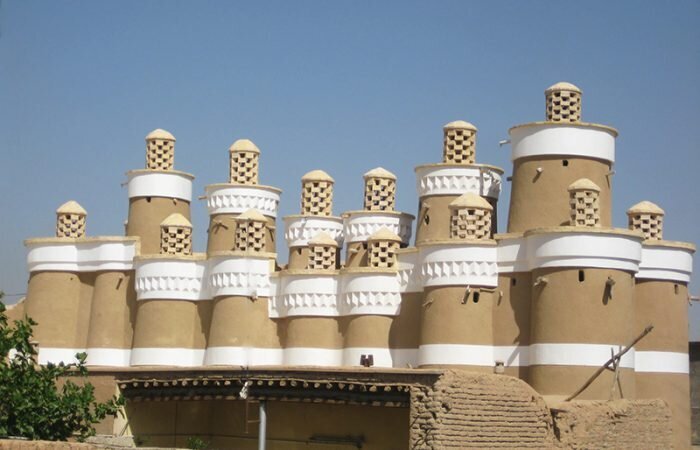Tiran-Karvan’s pigeon towers in need of restoration

TEHRAN - The historical pigeon towers in Tiran-Karvan county, once used for collecting droppings as fertilizer centuries ago, are now in urgent need of restoration.
On Wednesday, the head of the cultural heritage, tourism and handicrafts office of Tiran-Karvan, Mohsen Mazaheri, stated that a budget of 20 billion rials (approximately $40,000) is required to preserve and reinforce these architectural landmarks.
Mazaheri explained that Tiran-Karvan is home to seven pigeon towers, each with its own unique architectural design.
“While most of the towers are circular in structure, some are multi-tiered, and others are cylindrical without floors. Among these towers, the most significant is the Tondaran tower, a three-story structure that has been registered as a national heritage site in Iran.”
Mazaheri noted that while some restoration work has already begun, particularly on the Tondaran tower, about 50% of the repairs are still unfinished. “With the cooperation of local investors, parts of the Tondaran tower have been restored. However, many of the towers still require significant repair work,” he said.
Historical significance and tourist appeals
Pigeon towers, or "kaboutar khanehs," were once common across Isfahan province, serving as structures where pigeons nested, and their droppings were collected for use as fertilizer in agriculture. However, Tiran-Karvan is one of the few remaining areas where these historical towers still exist, making their preservation vital for both cultural and tourism purposes.
Elsewhere in his remarks, Mazaheri highlighted that these pigeon towers, especially those located in rural areas, hold immense potential for boosting local tourism. "After Tiran-Karvan, there are very few pigeon towers left in Isfahan province. These towers not only represent a valuable part of our agricultural and architectural history but also serve as a significant attraction for rural tourism," he noted.
The official also emphasized the importance of preserving these structures not only for their historical value but also for their role in supporting the local economy through tourism. "We aim to restore and revive the pigeon towers to serve as a part of our rural and nomadic tourism programs. Currently, we do have tourists visiting the pigeon towers, but due to safety concerns and structural instability in some of them, we’ve had to restrict access to certain sites," Mazaheri explained.
“The restoration process not only aims to reinforce the towers structurally but also to revive their original function and integrate them into the local tourism industry.”
Contributions to agricultural
Historically, pigeon towers played a crucial role in the agricultural system of central Iran. Farmers would collect pigeon droppings from these towers and use them as an organic fertilizer to enrich their soil. The architecture of the towers was designed to attract large numbers of pigeons, with each structure capable of housing hundreds, if not thousands, of birds.
The towers were built in different shapes, often cylindrical or conical, with interior designs that provided ample space for pigeons to nest. The droppings, rich in nutrients, were then collected from the base of the towers and distributed among local farmers to enhance crop yields.
Today, these towers are viewed as architectural and cultural treasures, offering insight into the ingenuity of past generations who found practical uses for such structures. However, as time has taken its toll on these historical buildings, and that is why immediate restoration efforts are crucial to ensure their survival for future generations.
AM
Leave a Comment